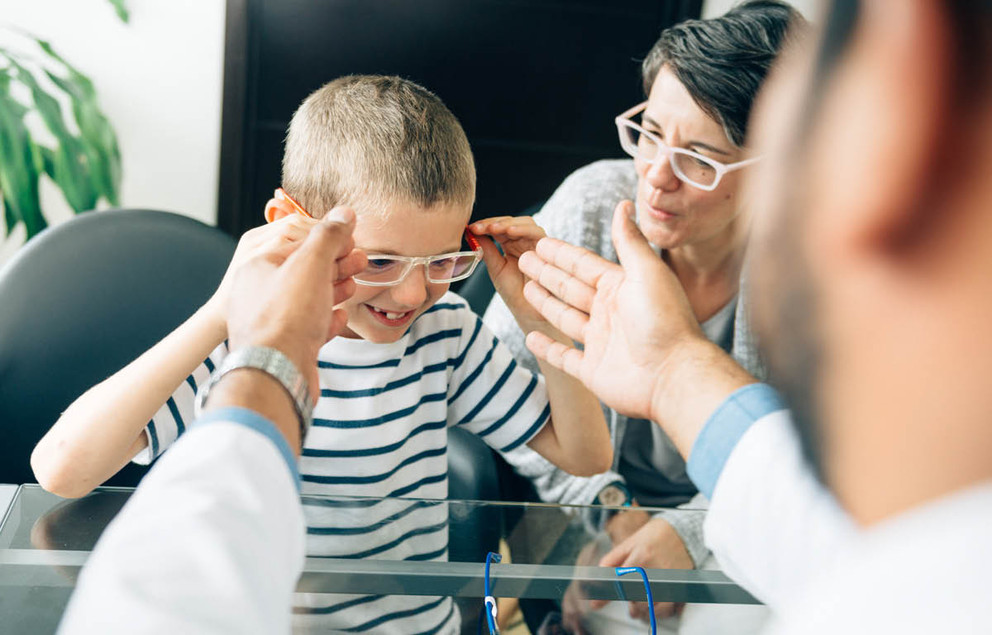HERSHEY, Pa. — Regular vision screenings are part of all well-child checks at Penn State Health — but sometimes, caring for a child’s eyes requires additional steps.
Dr. Amanda Ely, an ophthalmologist at Penn State Health Eye Center, said it’s important that parents follow up with any recommendations from those appointments so problems don’t go undiagnosed or untreated.
“The eyes are very important and they are hard to diagnose,” she said. “When they come in late for care, there is only so much you can do. The sooner we can get to them, the better.”
While pediatricians may refer children early in life, parents can also pick up on potential problems if they notice their child having trouble with vision or depth perception.
“Maybe they have a wandering eye or you notice they are always sitting too close to the TV,” Ely said.
The dreaded red reflex in the eye that sometimes appears in photos can be a useful tool for picking up on eye problems.
“It’s probably one of the best ways to pick up on irregularities,” Ely said. An eye that isn’t red or that shows white, dull or dark may indicate anything from a need for glasses to a detached retina or tumor.
Children with immediate family members who had significant vision issues before entering elementary school should be seen by an eye doctor by their first birthday. Children with a remote family history of early eye problems should be seen for the first time between ages 3 and 5. Once they enter school, children should have annual eye exams.
When a child gets glasses, Ely said it’s important to make sure they fit well and are comfortable. If they don’t, the child is less likely to wear them.
When it comes to protecting little eyes, Ely is a big fan of sunglasses for even the youngest children.
“They are especially important for lighter-colored eyes because more sun penetrates them and can cause secondary cancers or macular degeneration,” she said.
Ely wishes parents would put goggles or safety glasses on their children any time they play with projectiles, even something seemingly benign, like a Nerf gun.
“They are the No. 1 thing that I see causing eye injuries in kids,” she said. “These days they are more high-powered and often have plastic tips.”
Children who play sports should use their glasses when they participate to keep their reaction time from decreasing due to poor vision.
“Even something as big as a soccer ball can cause bleeding and damage to the retina,” Ely said.
Although most children’s glasses are made of polycarbonate material that won’t shatter, Ely recommends teaching children to put their glasses in a safe place when they aren’t wearing them. Placing them lens-up will keep them from getting scratched, as will using a soft lens cloth rather than abrasive material to clean them.
“It’s important for adults to be good models because children will do what the adults do. If anything hurts or changes, don’t let it go.” she said. “If you lose your sight, your life changes dramatically.”
Related content:
- The Medical Minute: Are you at risk for macular degeneration?
- The Medical Minute: Don’t skimp on shades this summer
- The Medical Minute: July is eye injury prevention month
The Medical Minute is a weekly health news feature produced by Penn State Health. Articles feature the expertise of faculty, physicians and staff, and are designed to offer timely, relevant health information of interest to a broad audience.




